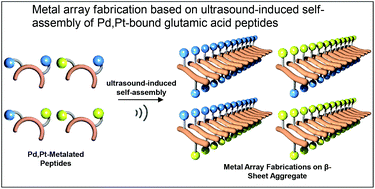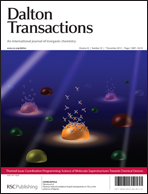Metal array fabrication based on ultrasound-induced self-assembly of metalated dipeptides†
Abstract
Pd- and Pt-bound bis-metalated

- This article is part of the themed collection: Coordination Programming: Science of Molecular Superstructures Towards Chemical Devices

 Please wait while we load your content...
Please wait while we load your content...